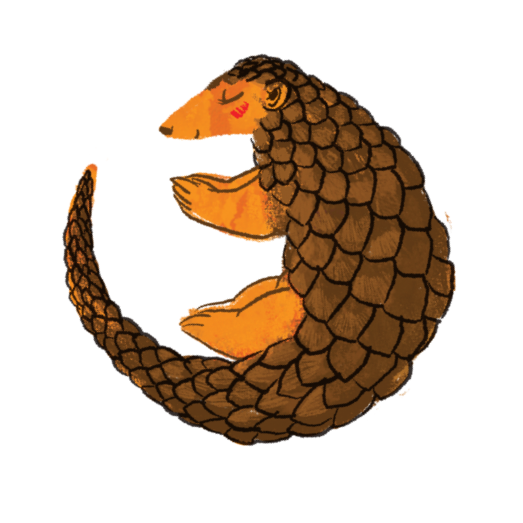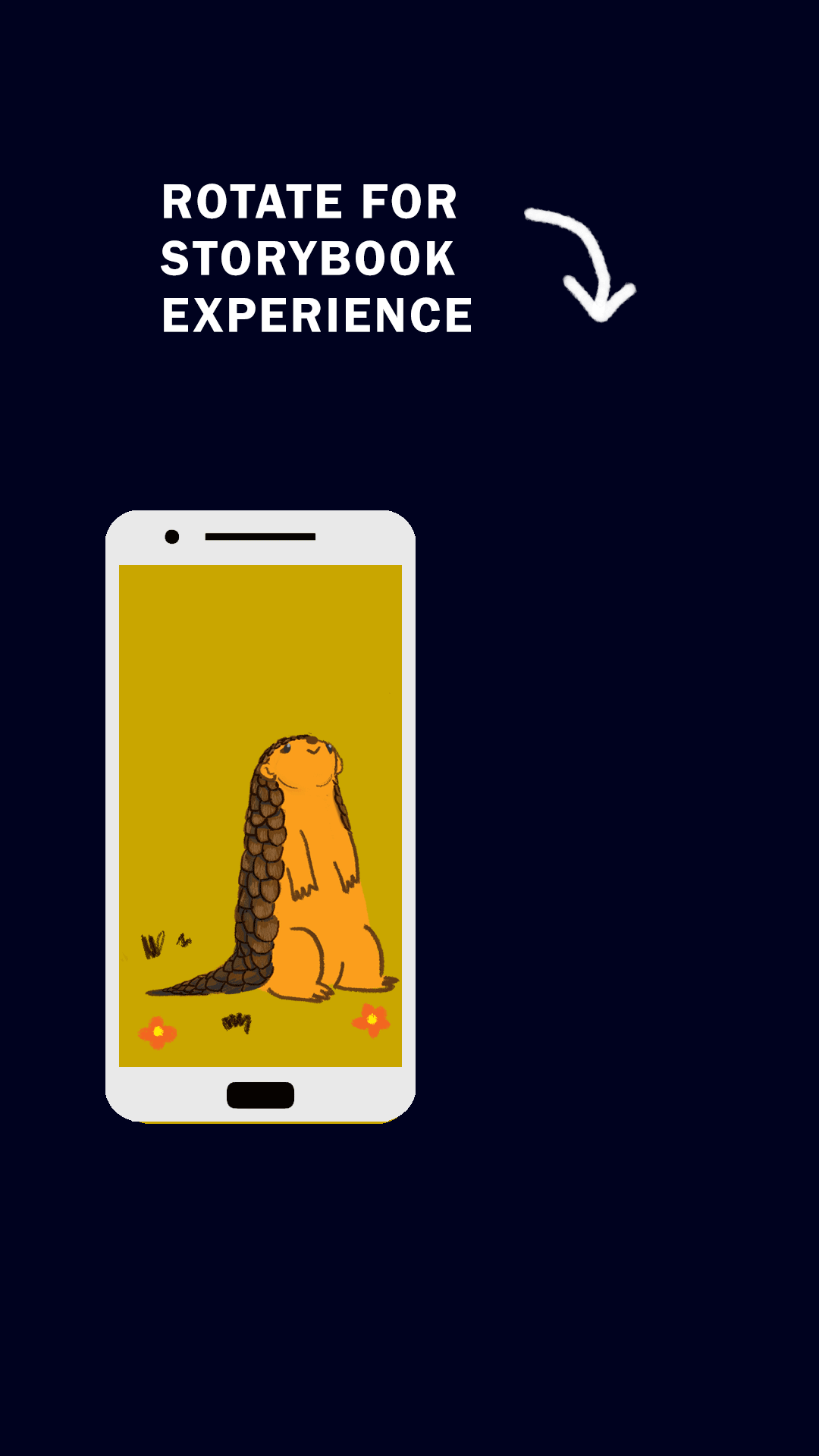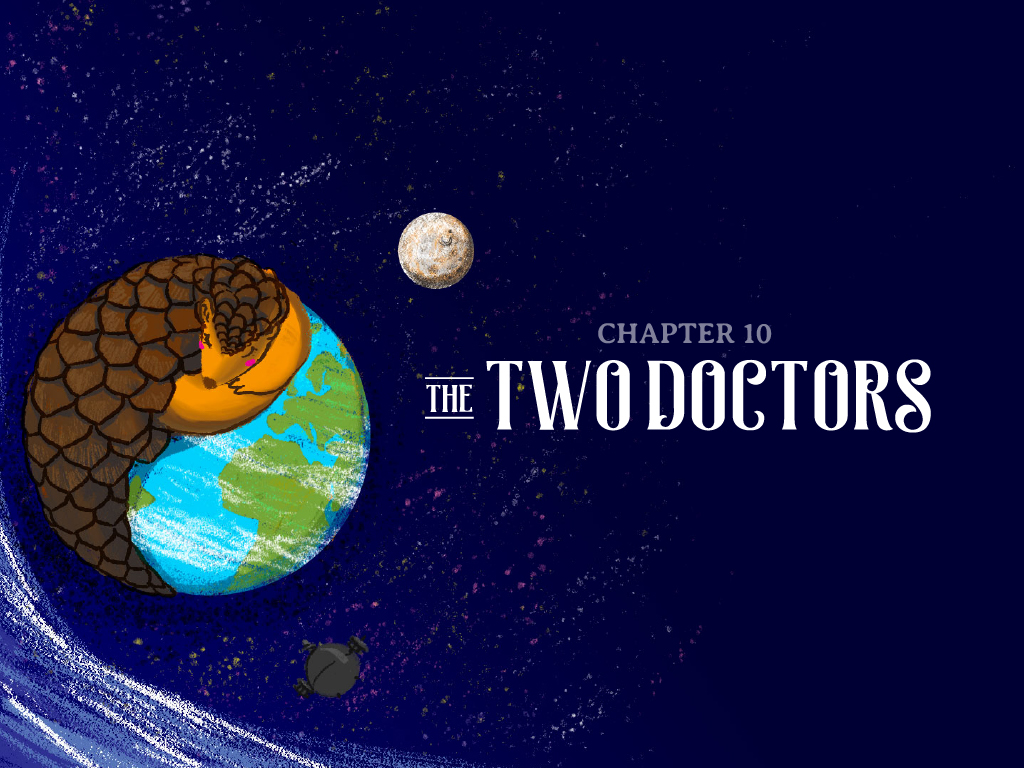


r. Chong Ju Lian, a pangolin researcher since 2008 and lecturer at Universiti Malaysia Terengganu, remembers the moment which left her jumping like a crazy woman at home. It was on Sept 28, 2016, and she had just received news that pangolins were being reclassified from Appendix II to Appendix I on the International Union for Conservation of Nature’s (IUCN) trade list.
A seemingly small policy decision, but it was a significant victory in the fight against pangolin smuggling, as it outlawed all commercial trade of the animal – something she and many other pangolin researchers had been pushing for.
She is particularly proud that researchers then had the foresight to include the four African pangolin species as part of the reclassification, even though those species were not considered critically endangered at that time.
“We saw that the trend (of poaching) was moving away from the Asian species, towards the African species, and we were proven right,” she says.
“Syndicates will keep finding ways of fulfilling this demand. When supply starts to dwindle in one place, they will source it from somewhere else,” she explains. “This demand for pangolins from China first sucked up all the pangolins in China, so that it is now commercially extinct there.”
“Then around 2006 or 2007, we noticed a spike in pangolin seizures in Malaysia. There were a lot of news reports of smuggled pangolins being intercepted, and bear in mind the majority of smuggling goes undetected.”
“Now that people are wealthier, they just want to try (pangolin scales).” - Dr Kong Why Hong, medical doctor and traditional Chinese medicine practitioner
Dr. Kong Why Hong is another kind of doctor. In fact, he is two doctors rolled into one. He first mastered traditional Chinese medicine (TCM), then graduated from medical school, and now runs two clinics a few doors apart. He keeps them apart, he says, because the law requires it.
“Customers might get confused,” he remarks wryly.
In his TCM clinic, a miniature skeleton slouches next to a desk with that small pillow on which patients rest their wrist while the doctor checks their pulse. Pulse-taking is central to all TCM diagnoses. Dr. Kong is in his element.
“As a TCM practitioner, I believe pangolin scales work,” he declares. “But as a human being, beyond being a TCM doctor, I cannot agree with using pangolins for reasons of ecological balance and environmental protection.”
He describes how pangolin scales has long been etched into TCM doctrine, in many different writings and prescriptions throughout TCM’s millenia-long history, passed down over generations. But that doesn’t mean it is necessary to prescribe it.
“There are so many substitutes found in TCM textbooks that can replace pangolins scales, so there is no reason to use pangolin scales anymore.” He adds that these substitutes are as effective, cheaper and not endangered.
So why do many still insist on consuming pangolins? With a frown and a shrug, the doctor offers his own analysis: “Sometimes the effects have been exaggerated by illegal vendors. And now that people are wealthier, they just want to try it.”
A mischievous smile breaks across his chin. “Could be that banning it makes people want to try it more.”
Doubtless, Dr. Kong is not suggesting lifting the trade ban that Dr. Chong and her colleagues fought so hard to put in place. Yet, statistics do indicate the ban has not curbed consumption.
IUCN estimates more than 500,000 pangolins have been poached in the three-year period since the trade ban was enforced in 2017, an increase from its previous estimate of one million over a ten-year period between 2004 and 2014.
Which is why Dr. Chong now devotes a lot of her time to implementing awareness programmes for communities living in or near the forest, to encourage them to take up pangolin conservation on their own initiative. She often uses local folklore that feature the pangolin, to help connect the animal to the communities’ cultural heritage.
“Hearts and minds are as important as scientific research, after all humans are the ones driving the demand. We are the ones consuming, so we need to address this.”
Dr. Kong agrees: “We need to educate people, starting in schools, that we need to live on this earth with balance – humans, animals, the environment – we should see all of this as a whole.”
This is pressing, as based on Dr. Chong’s conversations with indigenous communities, we are close to losing Malaysia’s pangolin population forever. There might already be localised extinction in some areas.
“Some indigenous hunters say they have not seen a pangolin in three years,” she says. “The middlemen are still willing to buy, but pangolin hunting is just not as attractive now as it used to be, simply because it is so difficult to find one.”

Dr. Chong Ju Lian, a pangolin researcher since 2008 and lecturer at Universiti Malaysia Terengganu, remembers the moment which left her jumping like a crazy woman at home. It was on Sept 28, 2016, and she had just received news that pangolins were being reclassified from Appendix II to Appendix I on the International Union for Conservation of Nature’s (IUCN) trade list.
A seemingly small policy decision, but it was a significant victory in the fight against pangolin smuggling, as it outlawed all commercial trade of the animal – something she and many other pangolin researchers had been pushing for.
She is particularly proud that researchers then had the foresight to include the four African pangolin species as part of the reclassification, even though those species were not considered critically endangered at that time.
“We saw that the trend (of poaching) was moving away from the Asian species, towards the African species, and we were proven right,” she says.
“Syndicates will keep finding ways of fulfilling this demand. When supply starts to dwindle in one place, they will source it from somewhere else,” she explains. “This demand for pangolins from China first sucked up all the pangolins in China, so that it is now commercially extinct there.”
“Then around 2006 or 2007, we noticed a spike in pangolin seizures in Malaysia. There were a lot of news reports of smuggled pangolins being intercepted, and bear in mind the majority of smuggling goes undetected.”
Dr. Kong Why Hong is another kind of doctor. In fact, he is two doctors rolled into one. He first mastered traditional Chinese medicine (TCM), then graduated from medical school, and now runs two clinics a few doors apart. He keeps them apart, he says, because the law requires it.
“Customers might get confused,” he remarks wryly.
In his TCM clinic, a miniature skeleton slouches next to a desk with that small pillow on which patients rest their wrist while the doctor checks their pulse. Pulse-taking is central to all TCM diagnoses. Dr. Kong is in his element.
“As a TCM practitioner, I believe pangolin scales work,” he declares. “But as a human being, beyond being a TCM doctor, I cannot agree with using pangolins for reasons of ecological balance and environmental protection.”
He describes how pangolin scales has long been etched into TCM doctrine, in many different writings and prescriptions throughout TCM’s millenia-long history, passed down over generations. But that doesn’t mean it is necessary to prescribe it.
“There are so many substitutes found in TCM textbooks that can replace pangolins scales, so there is no reason to use pangolin scales anymore.” He adds that these substitutes are as effective, cheaper and not endangered.
So why do many still insist on consuming pangolins? With a frown and a shrug, the doctor offers his own analysis: “Sometimes the effects have been exaggerated by illegal vendors. And now that people are wealthier, they just want to try it.”
A mischievous smile breaks across his chin. “Could be that banning it makes people want to try it more.”
Doubtless, Dr. Kong is not suggesting lifting the trade ban that Dr. Chong and her colleagues fought so hard to put in place. Yet, statistics do indicate the ban has not curbed consumption.
IUCN estimates more than 500,000 pangolins have been poached in the three-year period since the trade ban was enforced in 2017, an increase from its previous estimate of one million over a ten-year period between 2004 and 2014.
Which is why Dr. Chong now devotes a lot of her time to implementing awareness programmes for communities living in or near the forest, to encourage them to take up pangolin conservation on their own initiative. She often uses local folklore that feature the pangolin, to help connect the animal to the communities’ cultural heritage.
“Hearts and minds are as important as scientific research, after all humans are the ones driving the demand. We are the ones consuming, so we need to address this.”
Dr. Kong agrees: “We need to educate people, starting in schools, that we need to live on this earth with balance – humans, animals, the environment – we should see all of this as a whole.”
This is pressing, as based on Dr. Chong’s conversations with indigenous communities, we are close to losing Malaysia’s pangolin population forever. There might already be localised extinction in some areas.
“Some indigenous hunters say they have not seen a pangolin in three years,” she says. “The middlemen are still willing to buy, but pangolin hunting is just not as attractive now as it used to be, simply because it is so difficult to find one.”